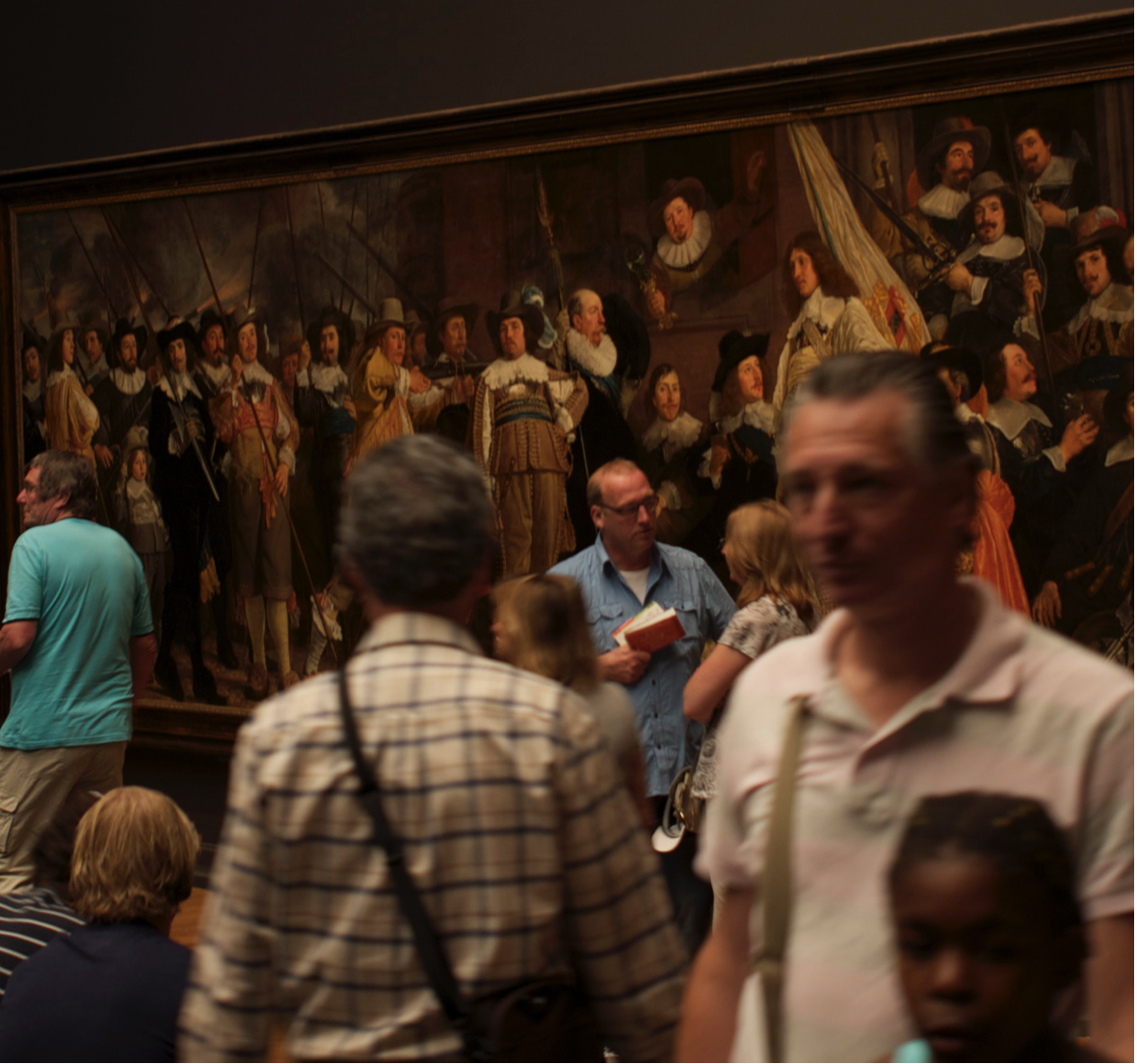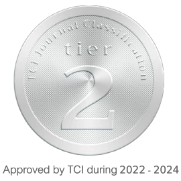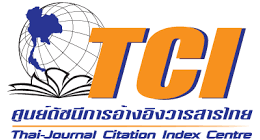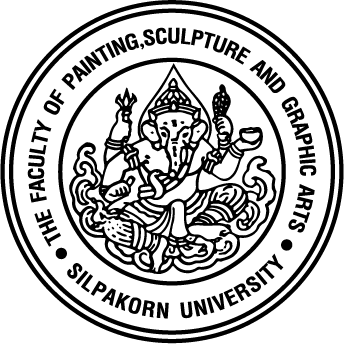Paintings and Words: Forms of Storytelling in Art Museum Exhibit Labels
DOI:
https://doi.org/10.69598/sbjfa,8,1-2,Keywords:
Exhibit Labels, Art Museum, New Museology, RijksmuseumAbstract
One of the main tenets of new museology is that museums should serve and develop with the society around them. This affects many principles and practices such as the approach shift from object-oriented to audience-oriented and concept-oriented, which means we also see the paradigm shift from objectivity to subjectivity. This article aims to study and sort the forms of storytelling in art museum exhibit labels; one of the most basic and personal ways to reach the audience. All 11 of the selected paintings and labels are from the Highlight Tour of Gallery of Honour in Rijksmuseum, Netherlands. The study found that there are mainly 4 forms of storytelling and 2 points of view among the labels; the informative form conveys an objective point of view, while the aesthetic form, guiding form and audience-engaging form conveys a subjective point of view, which helps the audience relate with content. These findings can be used as a guide to writing labels for art museums.

Downloads
Published
How to Cite
Issue
Section
License
Articles published in the Silpa Bhirasri Journal are copyrighted by the author(s) and journal. The public can republish under the terms of the Creative Commons License 4.0 International License (CC BY-NC-ND 4.0) and require attribution rights, non-commercial and non-modified.
The journal's editorial team does not have to agree with the views and comments in the author's article, nor are they responsible for the comments.










